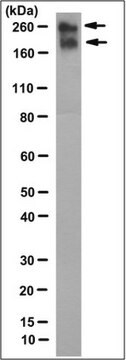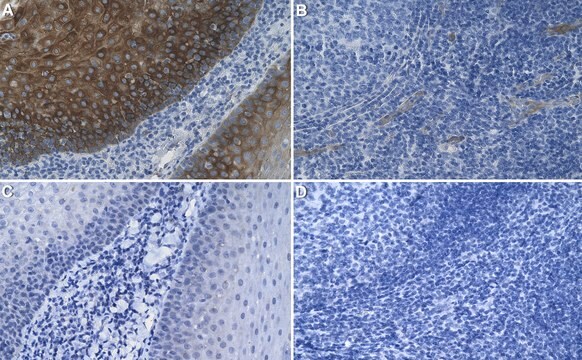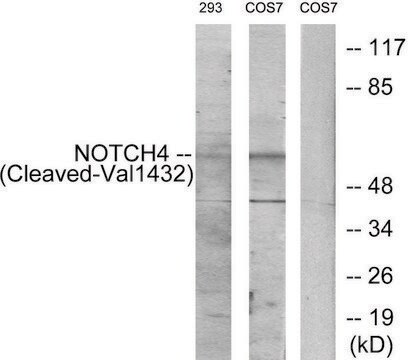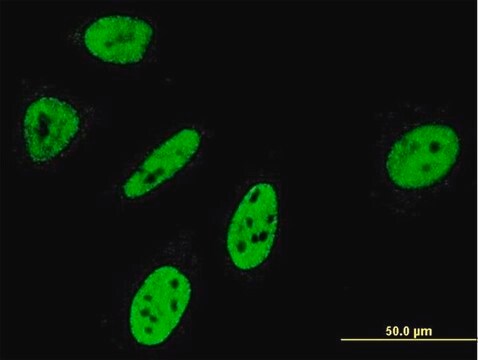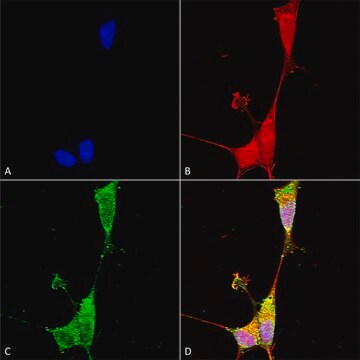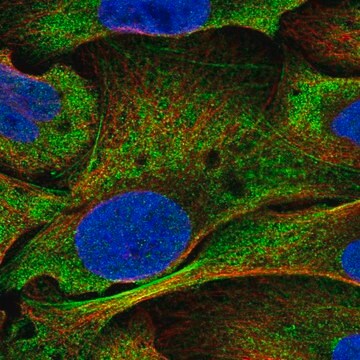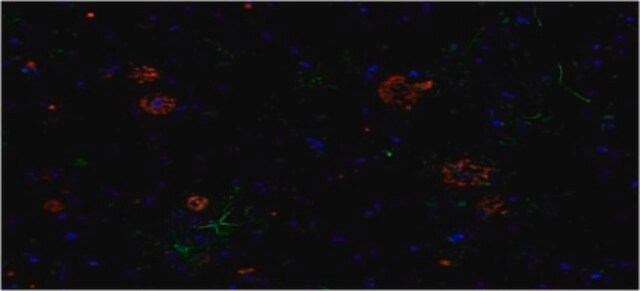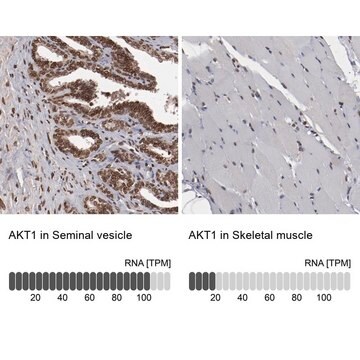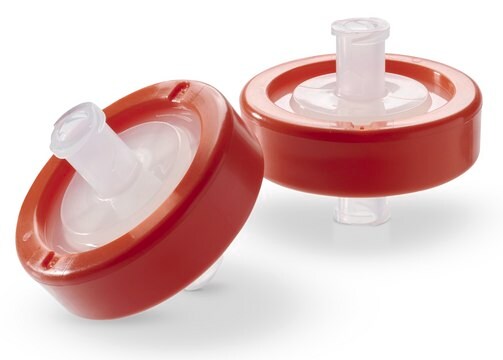MABF937
Anti-Notch 3 Antibody, ECD, clone 2G8
clone 2G8, from rat
Sinónimos:
Neurogenic locus notch homolog protein 3, Notch 3, Notch homolog 3, Notch 3 ECD
About This Item
Productos recomendados
origen biológico
rat
Nivel de calidad
forma del anticuerpo
purified immunoglobulin
tipo de anticuerpo
primary antibodies
clon
2G8, monoclonal
reactividad de especies
human
técnicas
immunofluorescence: suitable
immunohistochemistry: suitable (paraffin)
western blot: suitable
isotipo
IgG2aκ
Nº de acceso NCBI
Nº de acceso UniProt
Condiciones de envío
wet ice
modificación del objetivo postraduccional
unmodified
Descripción general
Especificidad
Inmunógeno
Aplicación
Immunohistochemistry Analysis: A representative lot detected the aggregated Notch 3 extracellular domain (ECD) deposits in brain blood vessels of CADASIL patients by immunohistochemistry staining of paraformaldehyde-fixed, paraffin-embedded brain tissue sections (Kast, J., et al. (2014). Acta Neuropathol. Commun. 2:96).
Immunofluorescence Analysis: A representative lot detected the aggregated Notch 3 extracellular domain (ECD) deposits in brain blood vessels of CADASIL patients by fluorescent immunohistochemistry staining of paraformaldehyde-fixed frozen brain tissue sections. The Notch3-EDC immunoreactivity was seen co-localized with that of LTBP-1, but not fibrillin-1 (Kast, J., et al. (2014). Acta Neuropathol. Commun. 2:96).
Western Blotting Analysis: A representative lot detected an elevated accumulation of aggregated Notch 3 extracellular domain (ECD) in brain blood vessel extracts from CADASIL patients when comparing to vessel extracts from non-diseased brains (Kast, J., et al. (2014). Acta Neuropathol. Commun. 2:96).
Inflammation & Immunology
Nervous System
Calidad
Isotyping Analysis: The identity of this monoclonal antibody is confirmed by isotyping test to be IgG2aκ.
Descripción de destino
Forma física
Almacenamiento y estabilidad
Otras notas
Cláusula de descargo de responsabilidad
¿No encuentra el producto adecuado?
Pruebe nuestro Herramienta de selección de productos.
Código de clase de almacenamiento
12 - Non Combustible Liquids
Clase de riesgo para el agua (WGK)
WGK 1
Punto de inflamabilidad (°F)
Not applicable
Punto de inflamabilidad (°C)
Not applicable
Certificados de análisis (COA)
Busque Certificados de análisis (COA) introduciendo el número de lote del producto. Los números de lote se encuentran en la etiqueta del producto después de las palabras «Lot» o «Batch»
¿Ya tiene este producto?
Encuentre la documentación para los productos que ha comprado recientemente en la Biblioteca de documentos.
Nuestro equipo de científicos tiene experiencia en todas las áreas de investigación: Ciencias de la vida, Ciencia de los materiales, Síntesis química, Cromatografía, Analítica y muchas otras.
Póngase en contacto con el Servicio técnico